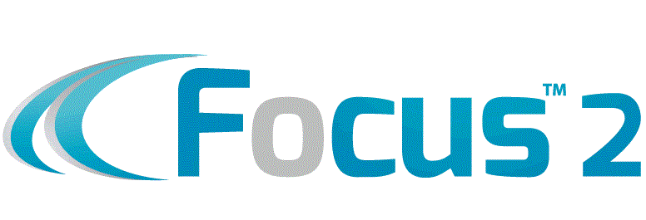Obama Announces FAFSA Change To Make College Aid Decision Earlier And Easier
Obama Announces FAFSA Change To Make College Aid Decision Earlier And Easier
- http://www.forbes.com/sites/troyonink/2015/09/14/obama-announces-fafsa-change-to-make-college-aid-decision-earlier-and-easier/
- http://www.npr.org/sections/ed/2015/09/14/440283994/obama-makes-college-aid-application-earlier-and-easier
The Obama Administration today announced changes to the Free Application For Federal Student Aid (FAFSA), the college aid form that millions of Americans complete each year to be eligible for federal and (sometimes) state or college based aid. The changes become effective in October of 2016, which means it will have a big impact on families with high school juniors today, as well as those with younger children.
Under the changes, students who are high school seniors next October (2016) will be able to apply for financial aid for their freshman (academic) year of college in 2017-2018 by submitting the FAFSA in October 2016 using income tax information from their parents’ 2015 tax returns.
This new method is referred to as prior, prior, because students’ college financial aid eligibility will now be based off of income from two years prior to when a student enrolls in college, not one year prior the way the rule has been until today.
Today students complete the FAFSA with the prior year’s income as their so-called base year–meaning the year on which the first year of college aid is based. While aid can change through college with a family’s finances, that first year of aid is crucial to the decision of where a student will go to college. With financial aid deadlines between January and March, high school seniors often must complete FAFSA using estimated income numbers because their parents don’t have their tax returns completed for the prior year. When those tax returns are filed, applicants must then go back and update their FAFSA information. This holds up and complicates the financial aid system for students, parents and colleges, so this change is not only long overdue, but welcome—unless, that is, you have a high school junior and you just sold stocks in 2015 while markets were at all-time highs.
You might have sold those stocks in 2015, in part so the capital gains wouldn’t appear as 2016 income and affect your child’s aid eligibility when he or she first filed a FAFSA in January or February of 2017—that is, in the middle of your child’s senior year. Now, it turns out, those gains will show up on the FAFSA form filed in October of 2016 and could make your expected family contribution toward the cost of college soar, decreasing aid eligibility dramatically. (On the bright side, maybe you sold before the recent stock market correction.)
On a White House conference call this morning, Secretary of Education Arne Duncan did say that college financial aid administrators have been told to make sure that when this change goes into effect next October it does not negatively impact a student’s eligibility for aid if his or her parents’ income was unusually high in 2015 for some reason. We shall see how that plays out.
The FAFSA is used to determine federal aid: the Pell Grant for low income students, and eligibility for subsidized and unsubsidized Stafford Loans, as well as small state grants.
The bigger question for many Forbes readers is whether or not the College Board will follow suit and use the prior prior year for its CSS Profile form. This form is used by over 200 private colleges and a handful of flagship public schools–the elite colleges that make up the Forbes Top Colleges list and that of US News—to determine a student’s eligibility for the schools’ own need-based grants and scholarships. These are more valuable than loans, which must be paid back with interest. A handful of these elite colleges are even committed to covering all need without loans.
As of this writing, the College Board had not responded to a request for comment on whether it too will be switching to the prior, prior year, so stay tuned. (Note that the CSS does already ask for very basic information on prior prior year income. Colleges don’t use prior prior tax information submitted on the CSS in actual calculation of expected family contribution (EFC), but rather for professional judgment purposes to see if there was a big drop in income form the previous year. It is not intended to negatively impact a student’s eligibility for aid.)
My guess is that the College Board will fall in line with FAFSA to streamline the overall process, making applying for college aid earlier and easier. This should also make decisions about paying for college easier and earlier as well.
Ladies and gentlemen, this is a good time to emphasize why 529 college savings plans are the ideal way to save for college for most families, because gains inside 529 accounts are tax-free if the money is used to pay for qualified higher education expenses when the beneficiary of the 529 account goes to college.
So to recap, which income tax year will your child use when he/she goes to college?
If your child enters college in 2016 you will use 2015 income tax information.
If your child enters college in 2017 you will use 2015 income as well.
If your child enters college in 2018 you will use 2016 income tax information, and the process rolls forward each year for future years – 2019 will use 2017 return information.
Let’s not forget, however, that paying for college ultimately is up to the family, with or without financial aid. So families need to be planning many years in advance to pay their share of the cost of college when the time comes, regardless of when they complete college aid forms or what tax year’s income they are based upon.





